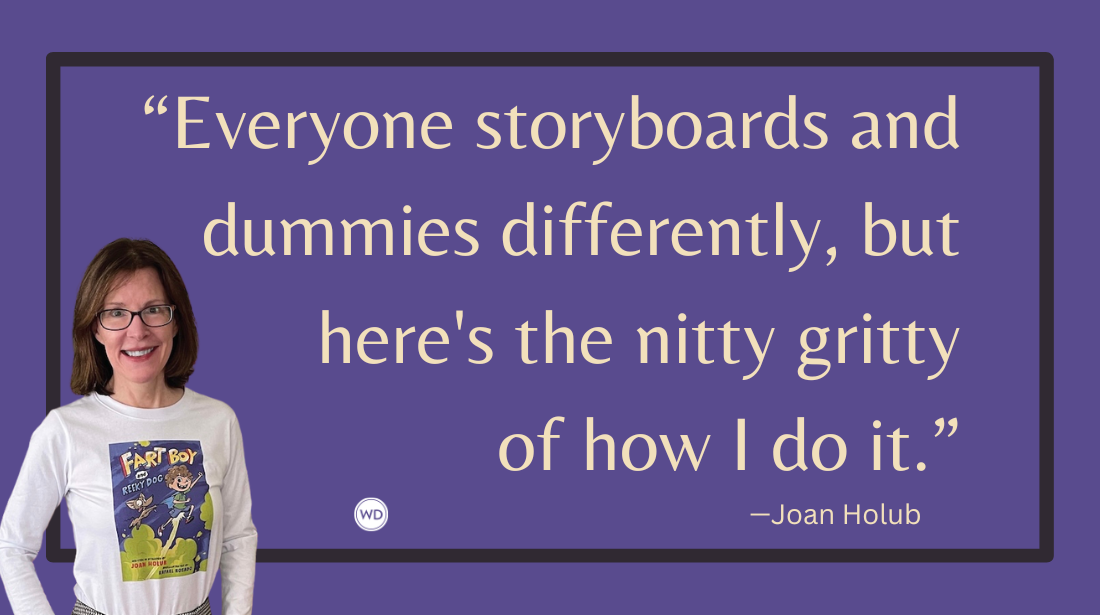Where Should Your Thriller Hero Go Next: 6 Tips on Setting
Choosing the setting for a novel is a major decision. In an international thriller, location can even become one of main characters. Part of the escapism for readers is to…
Choosing the setting for a novel is a major decision. In an international thriller, location can even become one of main characters. Part of the escapism for readers is to be whisked into a romantic foreign city or thrown into an alien culture along with the protagonist. For the Judd Ryker thriller series, I can send the State Department crisis specialist literally anywhere in the world. Here’s how I decide where to send my hero next.
This guest post is by Todd Moss. Moss is the author of the Ryker diplo-thriller series, senior fellow at the Center for Global Development and a former senior State Department official. His latest, Ghosts of Havana, is out now. He can be reached via www.toddmossbooks.com.
Follow him on Twitter @toddjmoss.
1. Find somewhere exotic but not unknown.
There are plenty of novels set in London or Moscow and lots of military thrillers based in Afghanistan and Iraq. I sent Ryker to Cuba in my latest thriller, Ghosts of Havana, because it’s prominent in American history and popular culture, but a place few Americans have actually been. For my first novel, The Golden Hour, I wanted to write a mainstream thriller about American diplomats in Africa. The plot was originally inspired by true-life events in Nouakchott, the capital of Mauritania. But few Americans have ever heard of that country, so I set the story somewhere everyone has heard of but few people really know: Timbuktu.
2. Start with places you know.
I’d traveled all through West Africa and spent some time in Timbuktu in northern Mali, so I drew directly on those experiences for The Golden Hour. My next book, Minute Zero, is set in Zimbabwe, a country I’d lived in as a student. For Ghosts of Havana, I had never been to Cuba when I started writing so getting the details right took much more effort. I began by setting most of the action in two places I did know well and where, conveniently, US-Cuba policy is actually made: Washington DC and south Florida. I also made a special trip to Havana to see for myself and to gather context first hand.
3. Pick places that are relevant but not a current headline.
The locations and events in a thriller should be related to what’s in the newspapers. But the lag time between conception and publication is so long (in my case, more than two years), that hewing too close to reality is a big risk. I got lucky with my first novel that, soon after completion, Mali had a coup that closely mirrored my fictional story, making the book appear prophetic. But then I tried to anticipate headlines in my second thriller about the fall of an aging dictator in Zimbabwe. Minute Zero came out in September 2015, yet 92-year old Robert Mugabe is, sadly, still in power. For Ghosts of Havana, I again outsmarted myself. I was halfway done when President Obama announced a surprise détente with Cuba, forcing me to rework the story. I was revising almost in real-time right up until the last possible moment. (I’m now hoping for no major new political changes before release this September.)
4. Tap your friends.
Personal and professional networks are a treasure trove of stories and insights. I send sections of my manuscripts to colleagues who have lived in places I used to ensure my descriptions and slang ring true. For Ghosts of Havana, I benefitted from talking to Cuban-Americans and from reading an unpublished memoir by a friend’s mother who had fled the country as a child.
ORDER NOW:
The Write a Breakout Novel This Year Collection is designed to
help you succeed with proven tips on structures, hooks,
characters, dialogue, viewpoints, settings, and more.
Only available online here at the WritersDigestShop.
5. Hit the books (and the internet).
No matter how well you think you know a place, research helps. For The Golden Hour, I read The Sahara by Eamonn Gearon to learn more about that desert in pop culture. Reading Back Channel to Cuba helped me understand the secret history of negotiations between Fidel Castro and the White House and made Ghosts of Havana more realistic. Since I’ve fortunately never been to Guantanamo Bay, I relied on Google Maps to help me get an accurate sense of the naval base’s layout.
6. Finally, don’t overdo it.
The heat, the crowds, the beauty, the stink of any place should be authentic and recognizable by readers who have been there. These details can help suck the reader into your fictional world. Yet writers are always at risk of overindulgence. I pepper all my books with tidbits of history and culture to give texture, but am cognizant not to overwhelm readers with too much. It’s a thriller, not an anthropological study.
Other writing/publishing articles & links for you:
- How long should novel chapters be? Click here to find out.
- You started a blog -- now what? Here's how to get people to read your posts.
- How to pitch agents at a writers' conference.
- Understanding Book Contracts: Learn what’s negotiable and what’s not.
- New Agent Alerts: Click here to find agents who are currently seeking writers.
- Download a year's worth of writing prompts right here.
Thanks for visiting The Writer's Dig blog. For more great writing advice, click here.
Brian A. Klems is the editor of this blog, online editor of Writer's Digest and author of the popular gift bookOh Boy, You're Having a Girl: A Dad's Survival Guide to Raising Daughters.
Follow Brian on Twitter: @BrianKlems
Sign up for Brian's free Writer's Digest eNewsletter: WD Newsletter
Listen to Brian on: The Writer's Market Podcast
Brian A. Klems is the former Senior Online Editor of Writer’s Digest, and author of Oh Boy, You’re Having a Girl (Adams Media/Simon & Schuster). Follow him on Twitter @BrianKlems.








